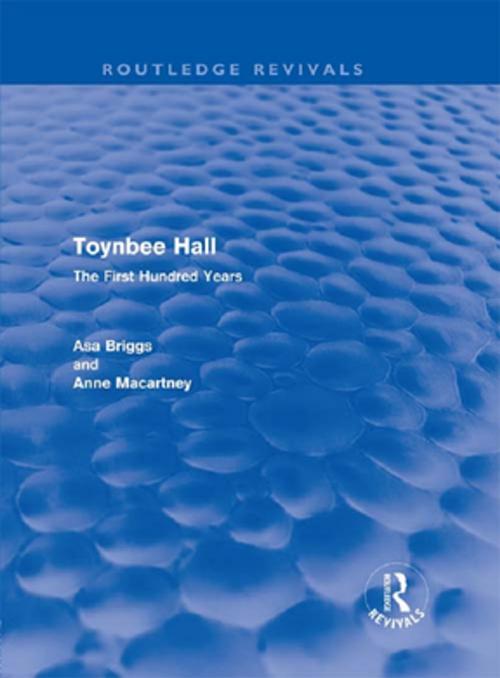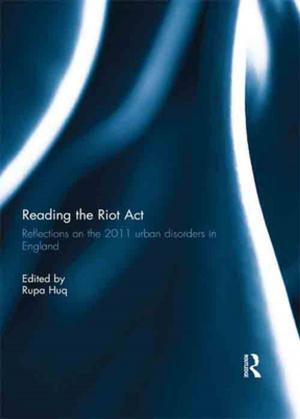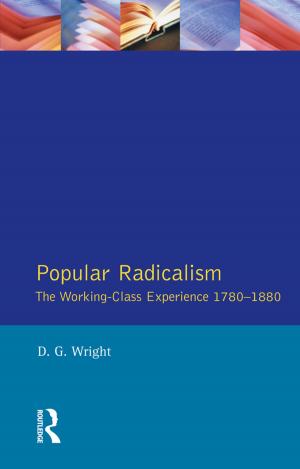Toynbee Hall (Routledge Revivals)
The First Hundred Years
Nonfiction, Social & Cultural Studies, Social Science, Social Work, History| Author: | Asa Briggs, Anne Macartney | ISBN: | 9781136464539 |
| Publisher: | Taylor and Francis | Publication: | February 1, 2013 |
| Imprint: | Routledge | Language: | English |
| Author: | Asa Briggs, Anne Macartney |
| ISBN: | 9781136464539 |
| Publisher: | Taylor and Francis |
| Publication: | February 1, 2013 |
| Imprint: | Routledge |
| Language: | English |
First published in 1984, Toynbee Hall, The First Hundred Years is not just a centenary study, but a personal contribution to the continuing history of Toynbee Hall, which is the Universities’ settlement in East London, and an institution that has inspired respect and affection. Its pioneering role as a residential community living and working in the heart of one of London’s most deprived areas has been maintained. Called a ‘social workshop’ by its late chairman John Profumo, Toynbee Hall promotes ventures such as Free Legal Advice, the Workers Educational Association, and the Whitechapel Art Gallery. The book looks at the social changes that have taken place over the 100 years since Toynbee Hall was founded in 1884, but also notes curious parallels, with persistent patterns of poverty, deprivation, squalor and racial separation which characterise the area. Questions about the facts and perceptions of poverty, the nature of community, the visual as well as the social environment, and the roles of voluntary, local and national statutory policy still require answers.
First published in 1984, Toynbee Hall, The First Hundred Years is not just a centenary study, but a personal contribution to the continuing history of Toynbee Hall, which is the Universities’ settlement in East London, and an institution that has inspired respect and affection. Its pioneering role as a residential community living and working in the heart of one of London’s most deprived areas has been maintained. Called a ‘social workshop’ by its late chairman John Profumo, Toynbee Hall promotes ventures such as Free Legal Advice, the Workers Educational Association, and the Whitechapel Art Gallery. The book looks at the social changes that have taken place over the 100 years since Toynbee Hall was founded in 1884, but also notes curious parallels, with persistent patterns of poverty, deprivation, squalor and racial separation which characterise the area. Questions about the facts and perceptions of poverty, the nature of community, the visual as well as the social environment, and the roles of voluntary, local and national statutory policy still require answers.















